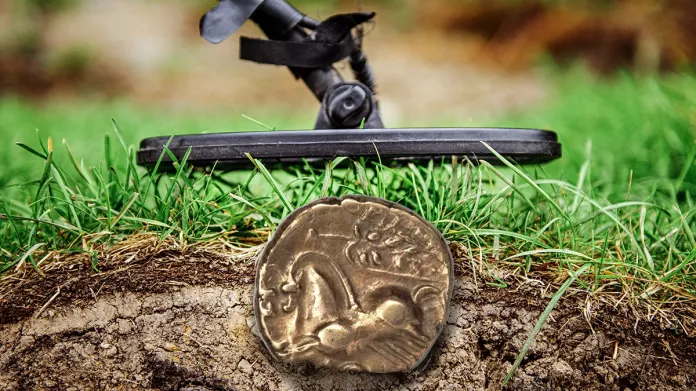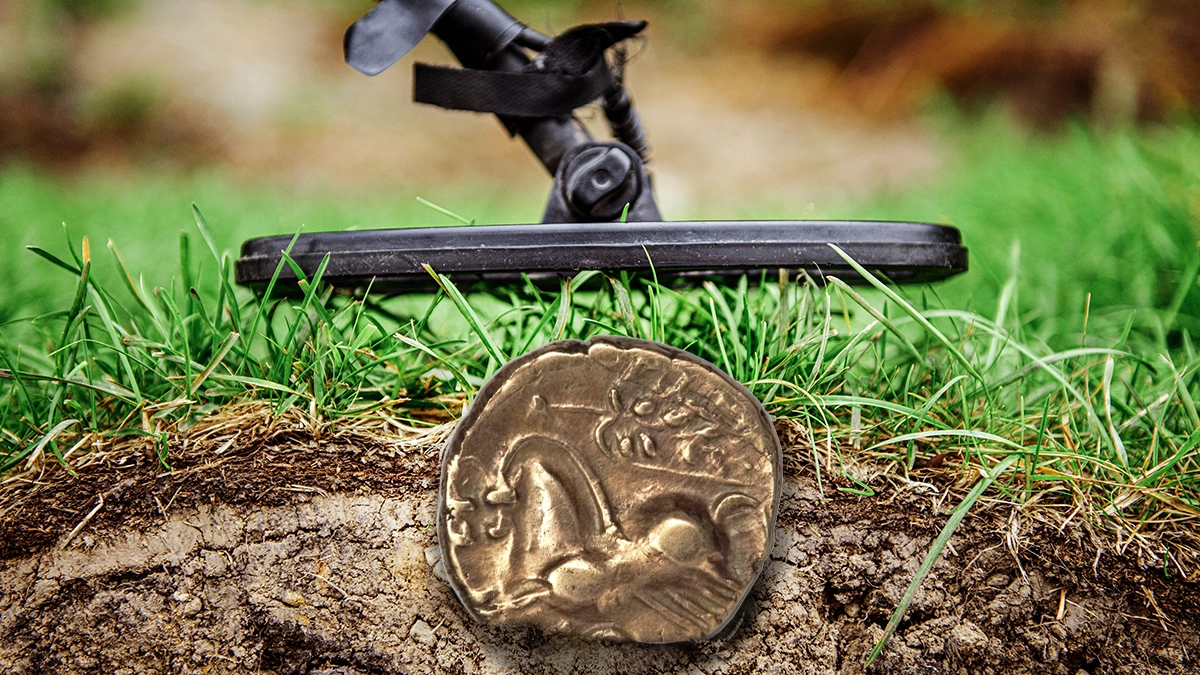
By CoinWeek Information Workers …..
On January 27, 2025, the Cultural Heritage Agency of the Netherlands introduced a historic discovery: a hoard of 404 Roman and British cash, struck round 46-47 CE. The cash have been present in Bunnik, a village within the province of Utrecht. When the cash have been buried, this space lay on the northern border of the Roman Empire. In keeping with the company, the invention of Romano-British cash is a primary on the European mainland.
The relationship of the cash is critical as a result of it coincides with the Roman conquest of Britannia. The British cash have been minted in the course of the reign of King Cunobeline, who dominated from 9 to 40 CE. Regardless of Rome’s curiosity within the island, Cunobeline is believed to have maintained amicable relations with the Romans, commerce flourishing between the 2 areas. Relations deteriorated shortly thereafter, nonetheless, because the Romans superior into Britain, finally conquering a lot of the island by 84 CE.
This hoard of 404 cash possible paid Roman troopers. The hoard consists of British gold staters minted between 5 and 43 CE, and Roman cash struck below Emperor Claudius, minted between 46 and 47CE. A complete of 72 Roman gold aurei have been additionally discovered, together with 288 silver denarii. Among the many silver cash are these of Julius Caesar and one coin from Juba, King of Numidia in modern-day Algeria (dominated 60-40 BCE).
From the hoard, 381 cash have been found by metallic detectorists Gert-Jan Messelaar and Reinier Koelink and introduced to archaeologist Anton Cruysheer of the Utrecht Panorama and Heritage Basis for examination. Additional excavation carried out by the Cultural Heritage Company, in collaboration with the 2 finders, yielded a further 23 cash.
Researchers are invited to check the hoard, which was bought and curated by the Nationwide Museum of Antiquities in Leiden.
* * *

